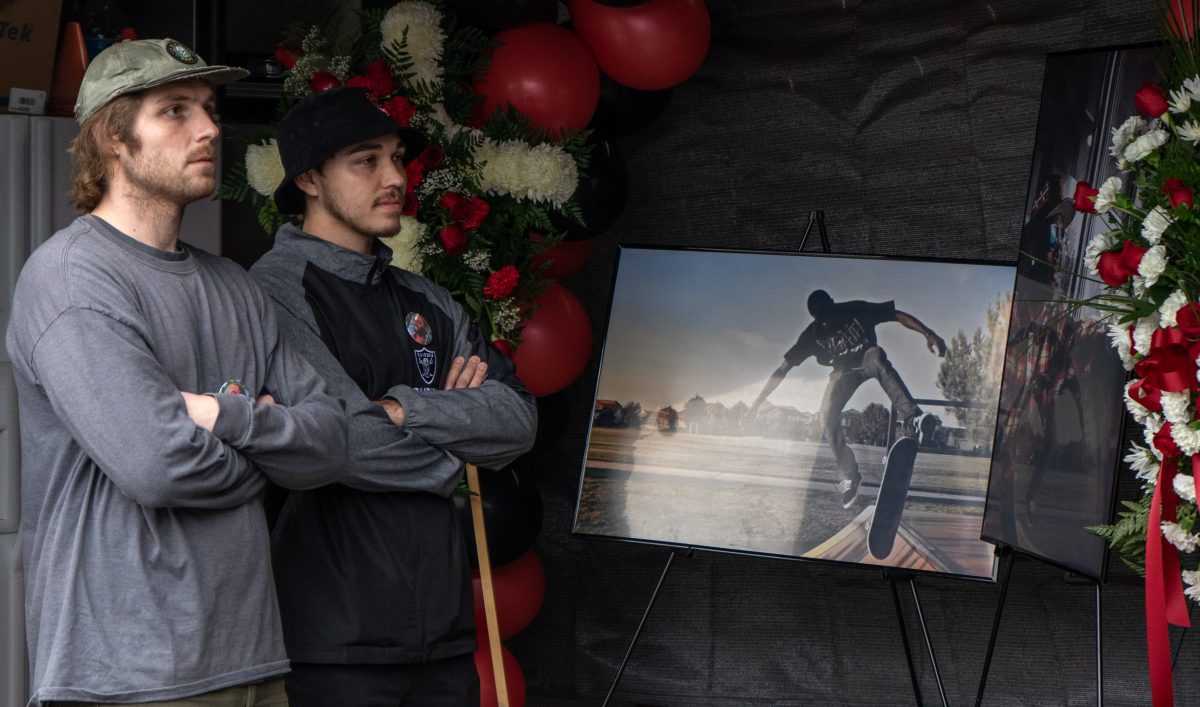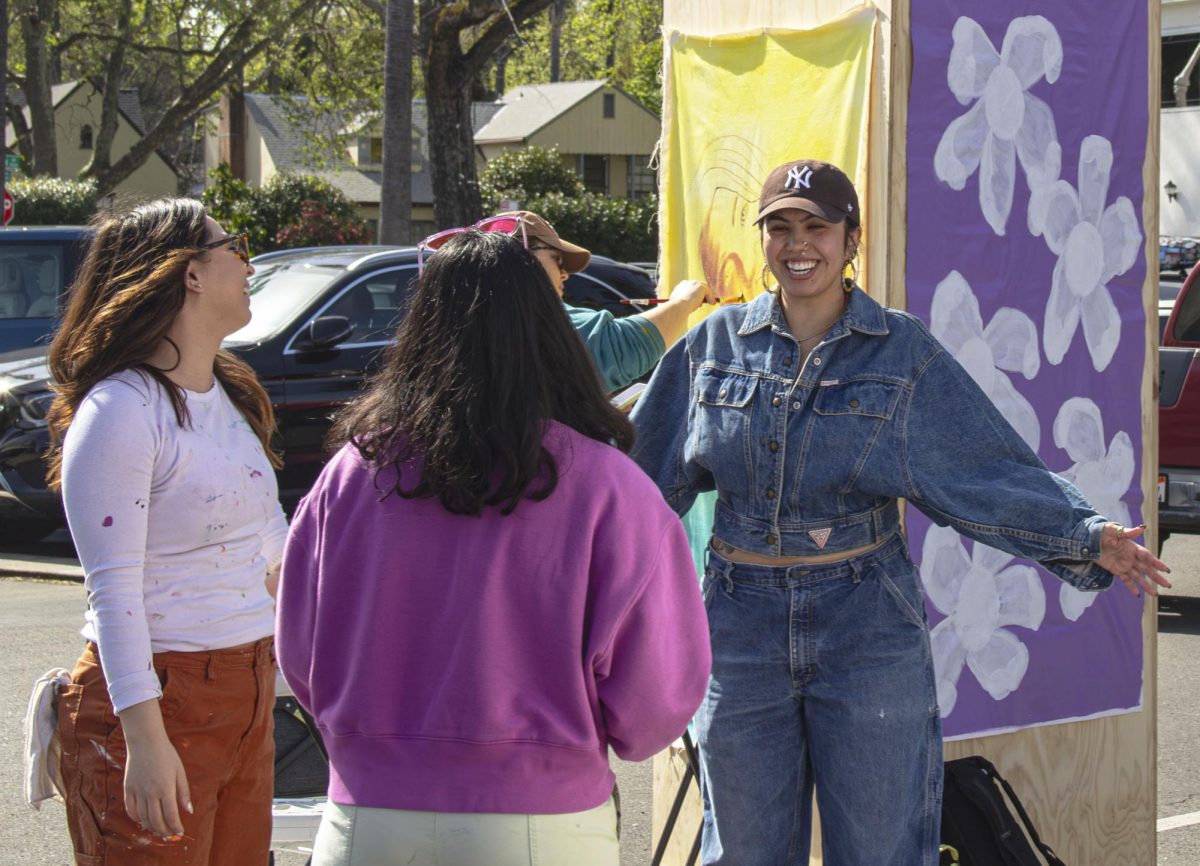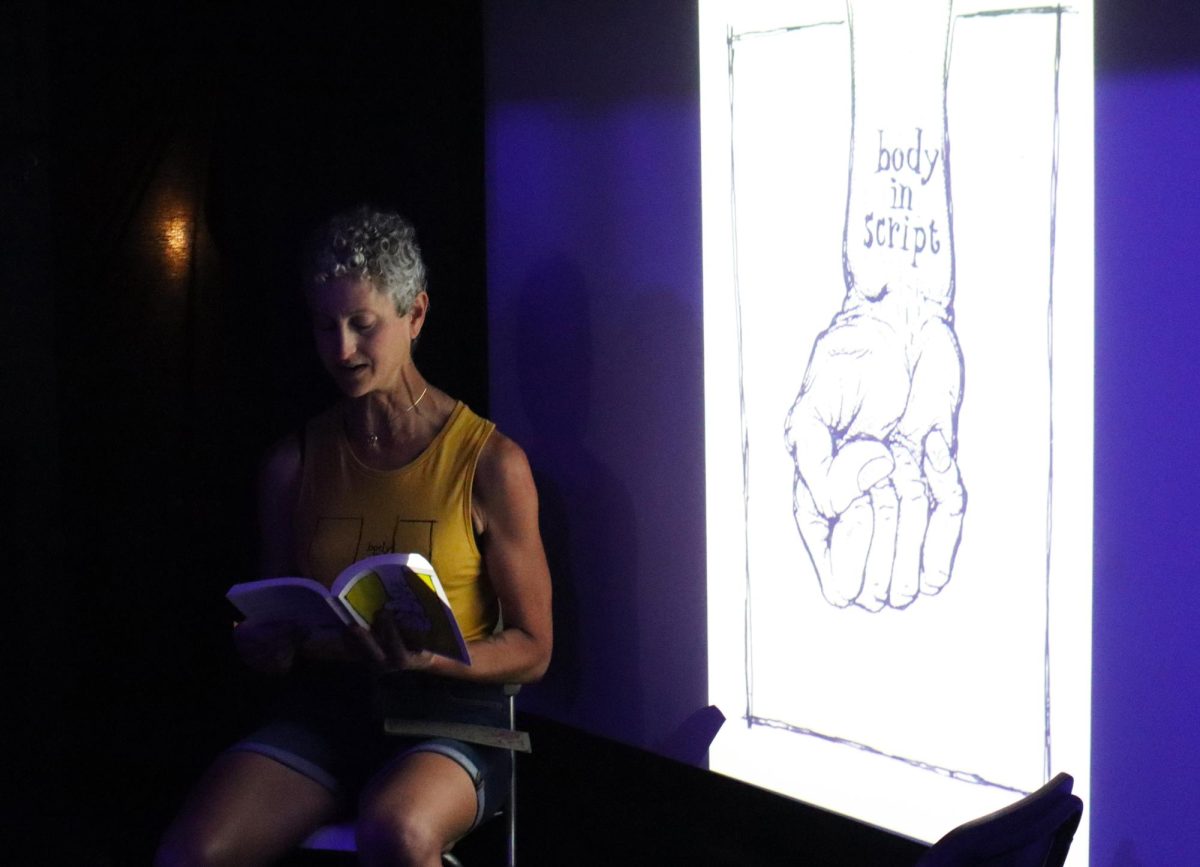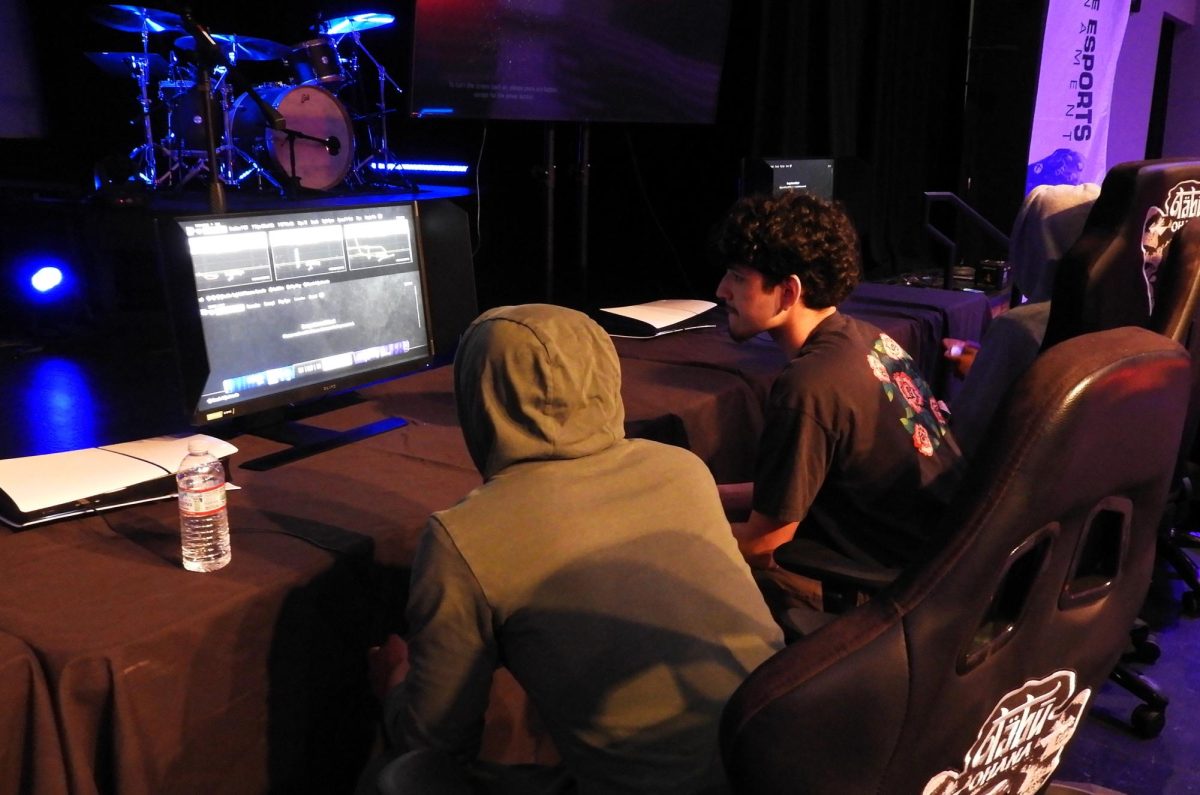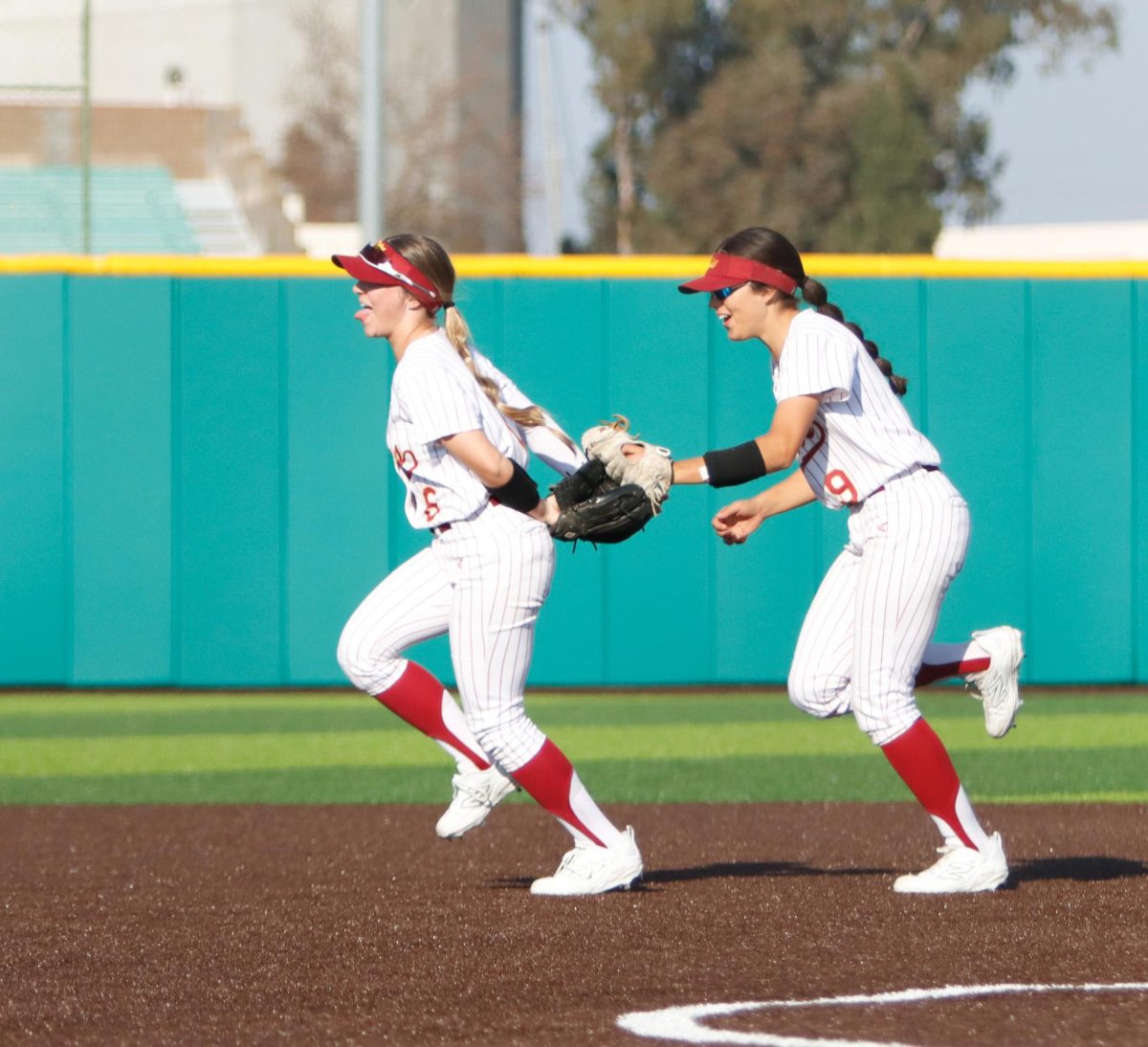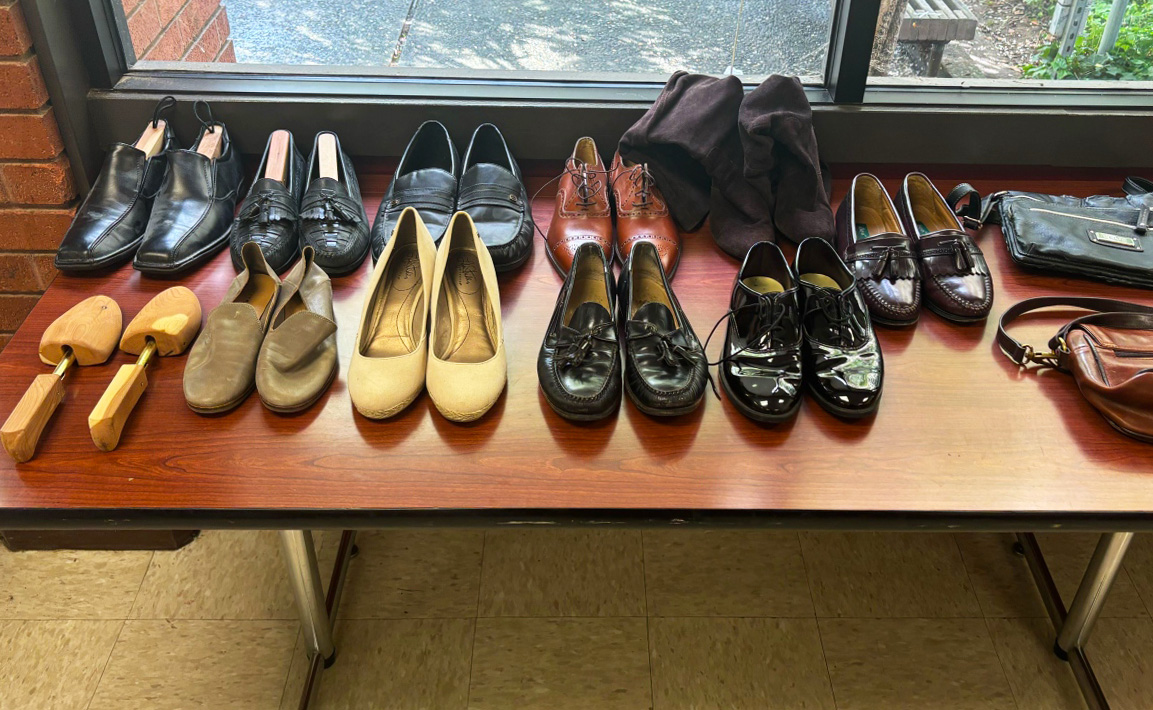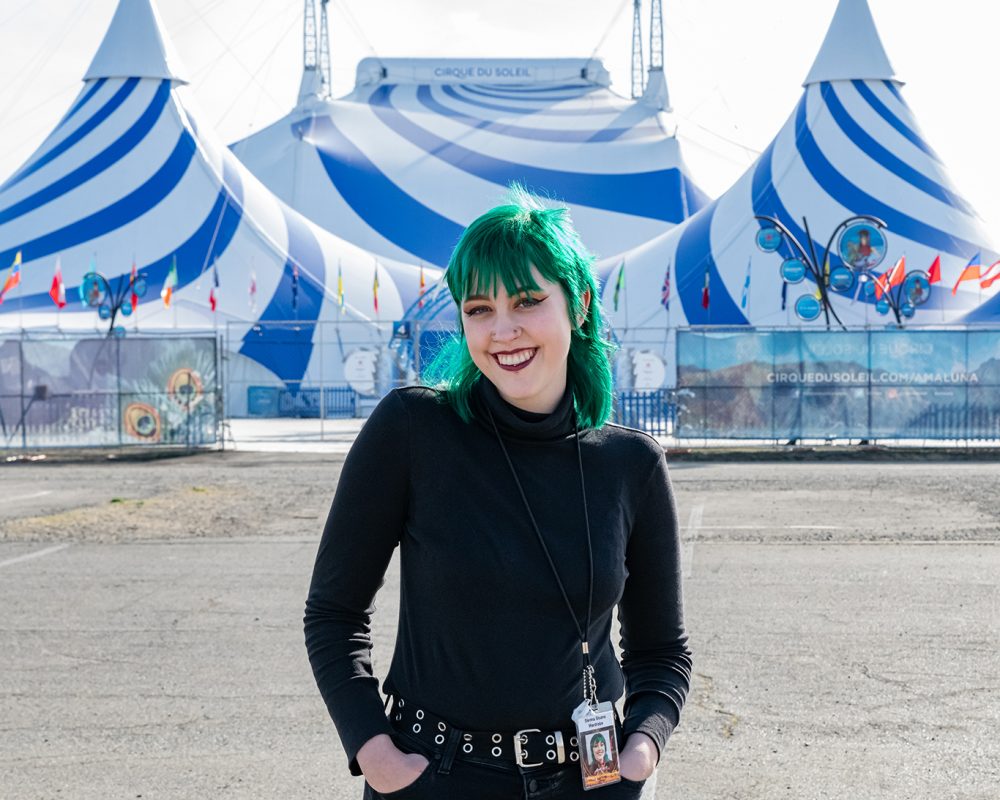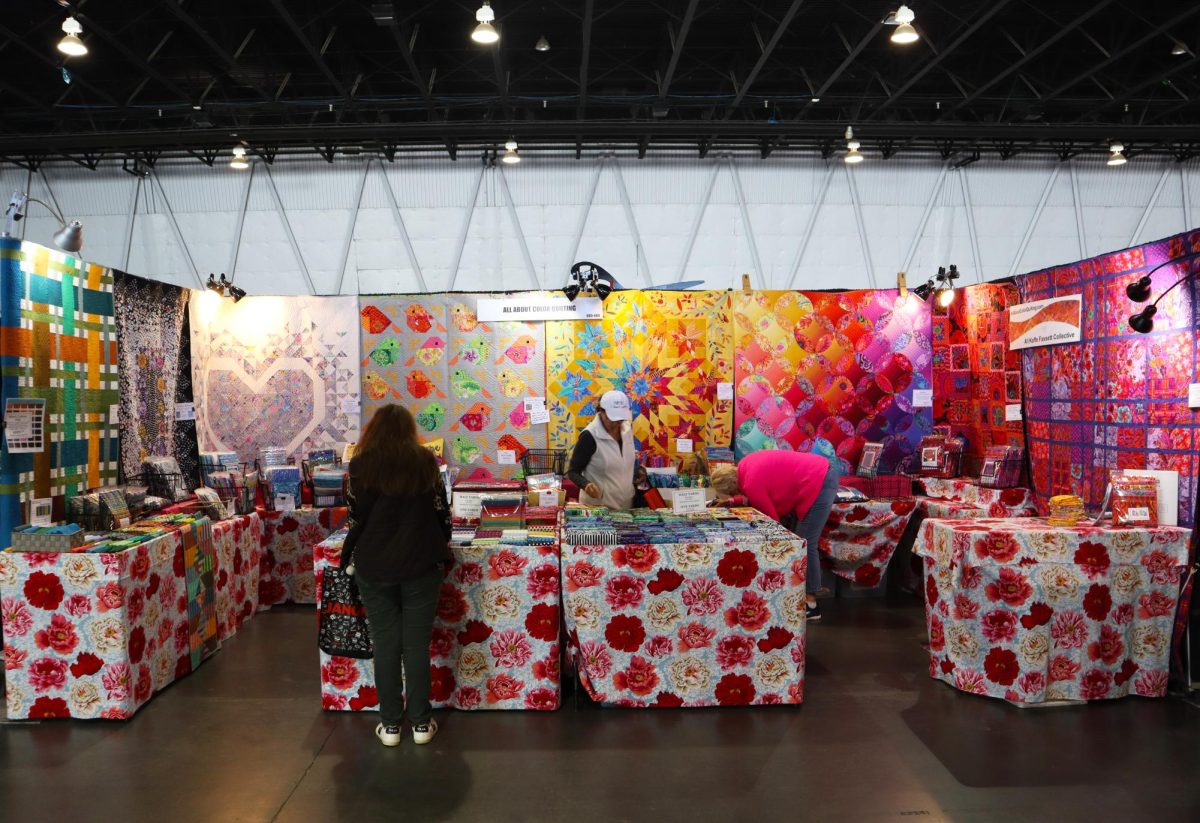The lights go out, and the audience sees nothing as Sienna Sloane enters the darkened stage. But Sloane is not about to perform. Instead, her performance lies in the fabrics, the wings and tails of those about to take center stage.
At 18 years old, Sloane, tech theatre major, is one of the youngest dressers for Cirque du Soleil’s production of “Amaluna.” The touring show is currently in Sacramento playing under a huge tent temporarily set up at Raley Field.
“I feel like the biggest misconception is that people think my job isn’t super serious. I’m just playing ‘dress up’ with these performers and they go out and do their job,” says Sloane. “It’s really more serious than that. I have to maintain the artistic integrity that the costume designer, the director originally planned for, and I have to check for the safety of the performers with their costumes.”
“Amaluna” is a love story loosely based on Shakespere’s “The Tempest,” says Sloane. The Cirque Du Soleil original production debuted in 2012. “Amaluna” will finish its eight-year run after its final performances in Sacramento ending March 1.
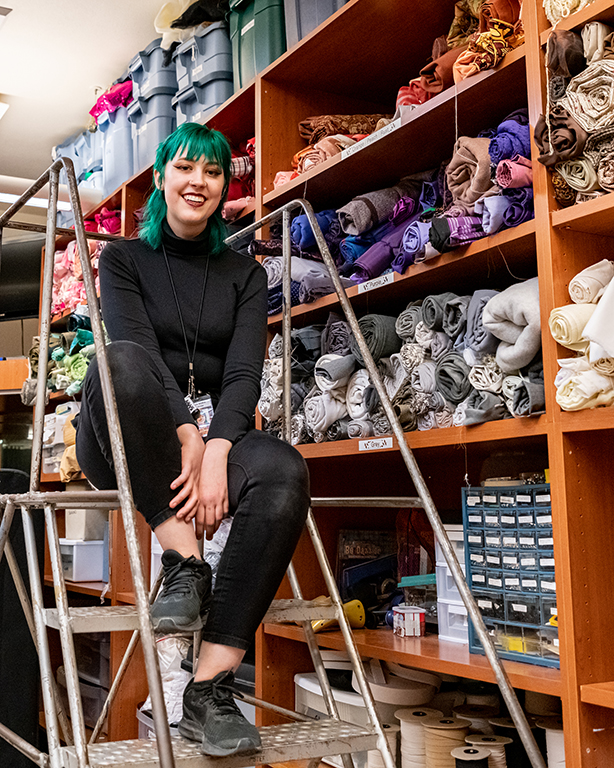
Sloane says that a typical work day for her starts by checking a list of the acts and seeing who she’ll be “quick changing” for that evening. She then has about a half hour where she presets costume pieces. Presets are the ways dressers set up costumes so they are easier for quick changes.
“Some of these pieces for the show are really heavy and difficult to maneuver around. I’m taking them from the artistic tent, which is off of the main tent, and taking them backstage,” says Sloane. “There are these giant peacock tails that are 8 feet tall, and they have this big harness, and I have to carry those and preset them.”
She also helps one of the clowns tie up the back of her dress, which Sloane describes as a “giant, embellished burlap sack.”
“Our unicycle girls, they have these big hoop skirts that are kind of like cages almost, and they’re metal and they’re heavy,” says Sloane, who has to take the metal skirts off a pulley system and then take them up a flight of stairs. “Later on in the show I have to do a quick change with them where I’m actually on the stage in the dark, and I’m putting these pieces onto them—it’s scary, but it’s fun.”
Sloane says that she loves seeing all the symbolism in Cirque shows, especially in the costumes.
“We have costumes that represent these exotic animals, which I think is really cool,” Sloane says, describing the unicyclists dressed to resemble exotic birds, dressed in gold from head to toe with blonde wigs styled into mohawks and leather fringe hanging from their sleeves.
Then there’s a juggler who is half-man and half-lizard, she says, adding that she is responsible for cleaning the airbrush machine used to create scales for the costume.
“It’s really interesting with the costumes and makeup design we have airbrush on [the lizard-man]—patterns of scales that go up into hair, onto his face and on his chest,” Sloane says. “He has these gloves that come around over the shoulder, and they look like scaly lizard horns.”
When the curtains close and the audience leaves, Sloane has about two hours of laundry and handwashing to do every night. But, she says, she loves her job.
Sloane recalls that she found this position one day while scrolling through a music app called TikTok.
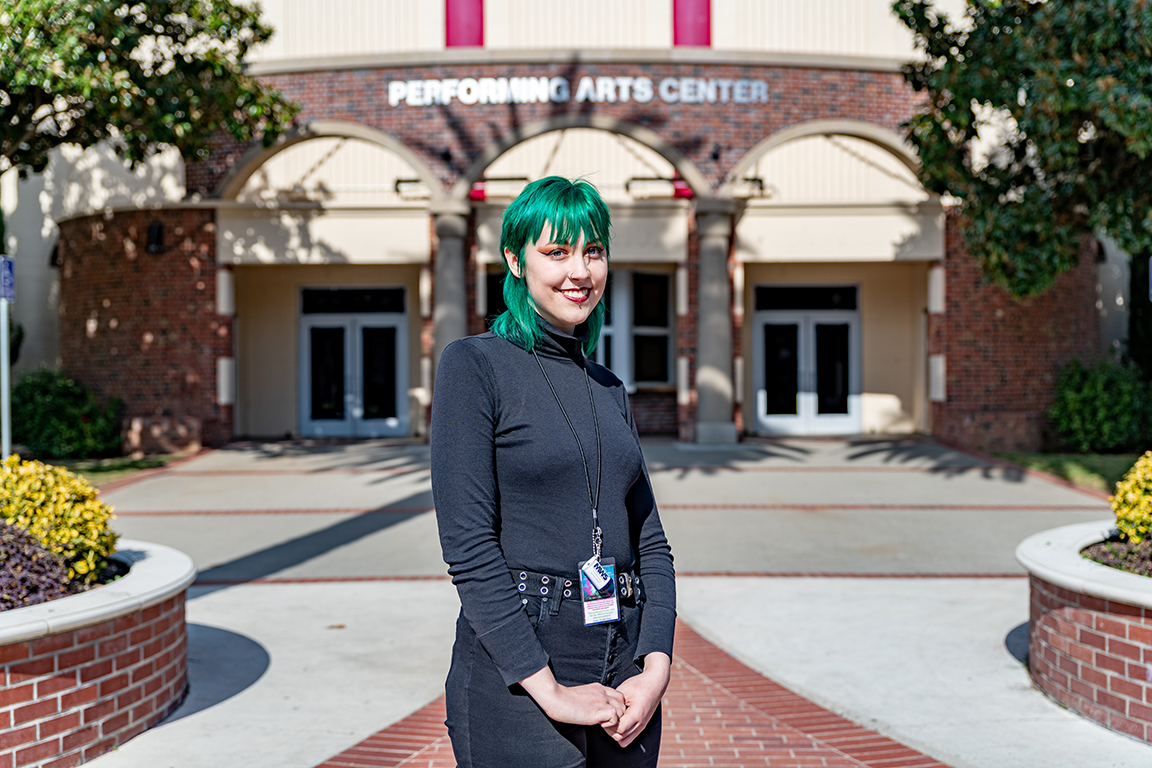
“I stumbled upon this weird video of [a performer in “Amaluna”] on my ‘for you’ page of him and the lizard juggler dancing along to this Camilia Cabello song or something,” Sloane says with a laugh.
Sloane then saw on the performer’s video caption that Cirque Du Soleil was coming to Sacramento, so she went to the home page and applied to be a dresser for the six-week show. However, this wasn’t Sloane’s first encounter with the production. About eight years ago when she was just 12 years old she saw “Amaluna” when it debuted. From what she remembers, a lot of the show has changed, but one act has remained the same.
“It’s called the balance goddess,” says Sloane. “There’s this woman, and she has these giant sticks that are like whale ribs ranging from small to about 8 feet long, and she balances them all in this very specific way.”
Sloane says the act is intense, as the audience listens to the performer’s breathing as she balances the objects. But instead of sitting in the audience, Sloane now watches the act from a monitor behind the stage, waiting for her next cue. And while this production is new, this isn’t Sloane’s first theatrical circus—she’s been working behind the scenes since she was 16 years old starting as an wardrobe intern for Broadway Sacramento Music Circus.
“I was like a feral band child in high school, so I’ve worked in performing arts before,” she says. “But when I was a junior in high school, I saw this ad on T.V. for Broadway Sacramento Music Circus. I saw the costumes and the colors and go, ‘You know, that looks cool.’”
At the time she says she knew nothing about costuming and wasn’t sure if she was even going to get the internship, but she was really hoping for the experience.
“It was really cool. I was working hands-on with Broadway actors and getting to watch them perform and rehearse,” Sloane says. “[I was] working with the wardrobe supervisor and learning the ins and outs of wardrobe.”
Currently, Sloane is majoring in tech theater and is thinking about double majoring in apparel studies. When she isn’t in school or working on a production, Sloane helps out in the City Theatre costume shop, which, she says, differs from wardrobe.
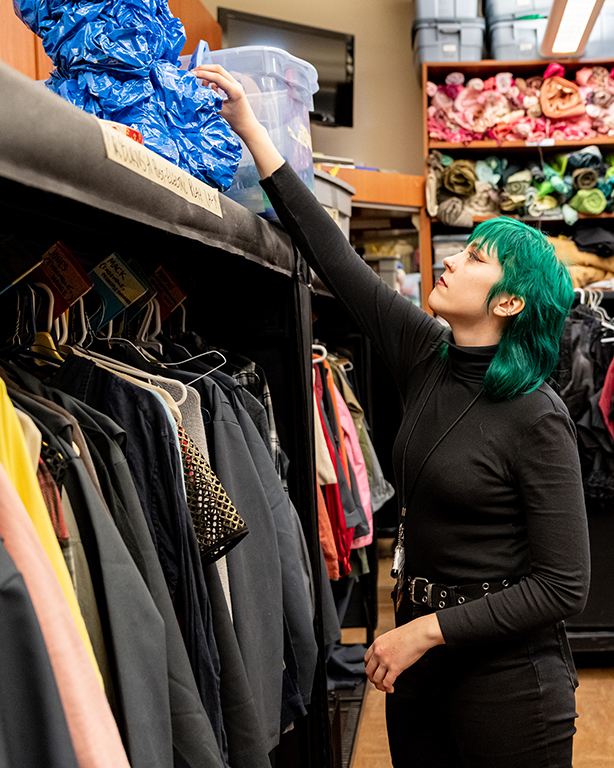
“The costume department is the conception of the costumes before and going up to the day that the show opens—creating the ideas for them, constructing the costumes and altering them to fit the performers,” Sloane says. “Then wardrobe is the department that works closer with performers and maintaining the artistic integrity of what the costume designer wanted, what the director wanted and working the show.”
With “Amaluna” soon coming to an end, Sloane is hoping to work on Cirque Du Soleil’s new production called “Under the Same Sky,” which will debut in Montreal in April. In the future Sloane hopes to continue her career in the theater capital of the world, New York.
In the meantime, she’s enjoying her work with Cirque du Soleil. The “Amaluna”’ cast is about 60 to 70 percent female, including an all-female rock band, which plays during the performance. Amaluna is also diverse in other ways, according to Sloane. The wardrobe department alone has workers from Spain, Australia, London and Columbia.
“This setting in Cirque for me is unique because I’ve never really worked in such a diverse and multicultural setting,” says Sloane.
Perhaps one of the greatest benefits of this experience—besides tying up the backs of dresses, hours of laundry and carrying heavy props— are the new professional colleagues and friends Sloane has made.
“These relationships that I’m getting out of this job already,” she says, “are really very meaningful to me.”


